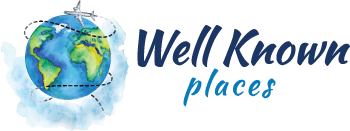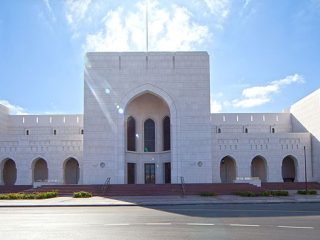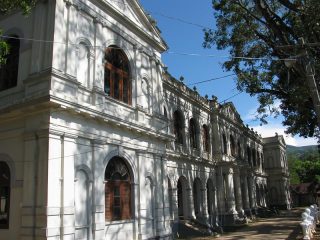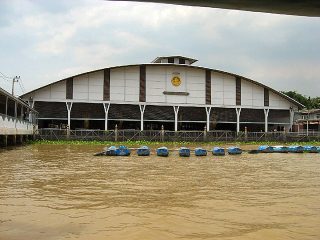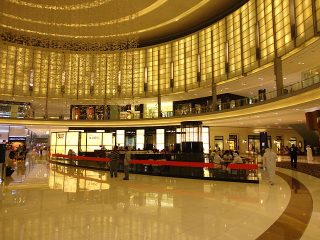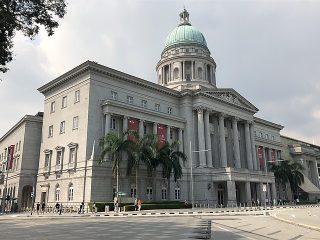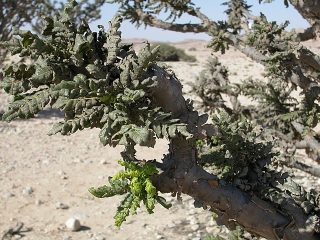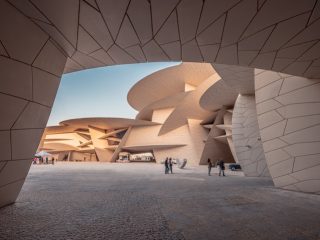While taking in the stunning Victoria Falls is always highlighted as one of the best things to do in Zambia, you can also visit a museum which features information on the man who ‘discovered’ it; read on to find out more about the captivating David Livingstone Museum!

Location & Opening Hours
This attraction can be found in the heart of the town of Livingstone near the Sculpture Park; those based at properties like The Royal Livingstone Victoria Falls Zambia Hotel by Anantara can not only enjoy free access to the falls but cultural tours which include visits to the museum. It’s open daily from 9:00am to 4:30pm and is closed on the 1st of January and 25th of December. Remember to check the official website (https://livingstonemuseum.org/) for updates including entry fees.
What to Expect
The nation’s oldest and largest museum, this site was first opened in 1934 and is one of five national museums. Easy to reach from hotels in Livingstone, Zambia, this site offers fascinating insights into the life of David Livingstone though there is much more to enjoy too; it also provides an interesting look at the country’s rich history as well as cultural and natural heritage. Tour guides are available on a complimentary basis while the museum is wheelchair accessible and features a crafts shop, library, research facilities and restaurant too.
David Livingstone Gallery
Head to the David Livingstone Gallery to find out more about the life and work of the famed missionary, doctor, and explorer from England, who this section is named after. Here, you will come across various personal items, letters, photographs, and memorabilia; you will also get to learn about his early life, various journeys in Africa, missionary work, African companions, his final expedition, and his death in 1873.
Other Key Galleries
As you explore the David Livingstone Museum, you will come across other key galleries with various exhibits that provide more riveting information about Zambia. You can learn about the country’s development between the Stone Age and Iron Age in the Archaeology Gallery and the nation’s historical progress including colonisation in the History Gallery. You also get the Ethnography Gallery which focuses on aspects like culture and traditional life and the Natural History Gallery on the diverse flora and fauna of the land.
